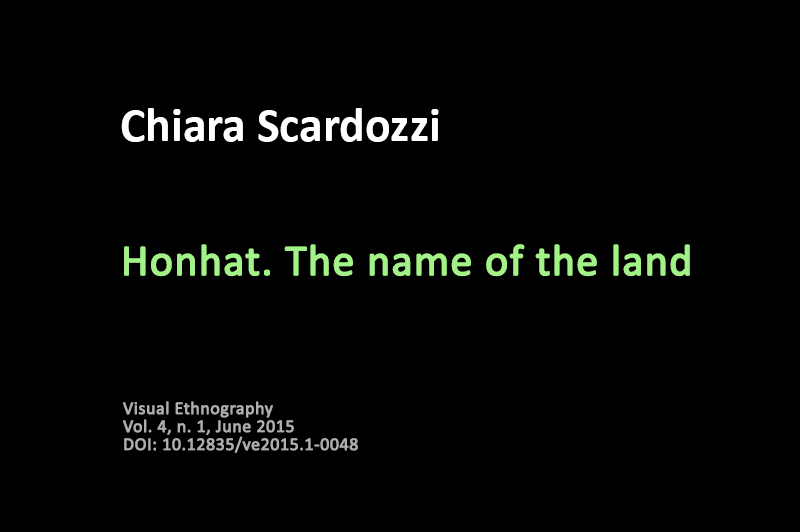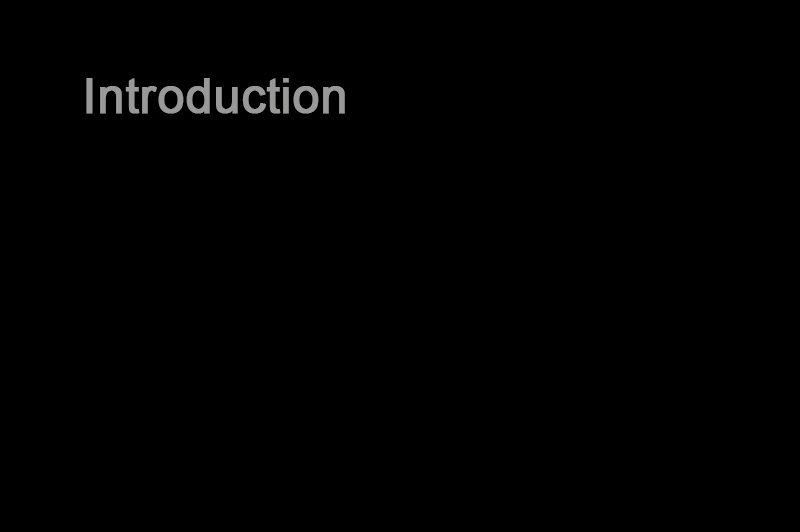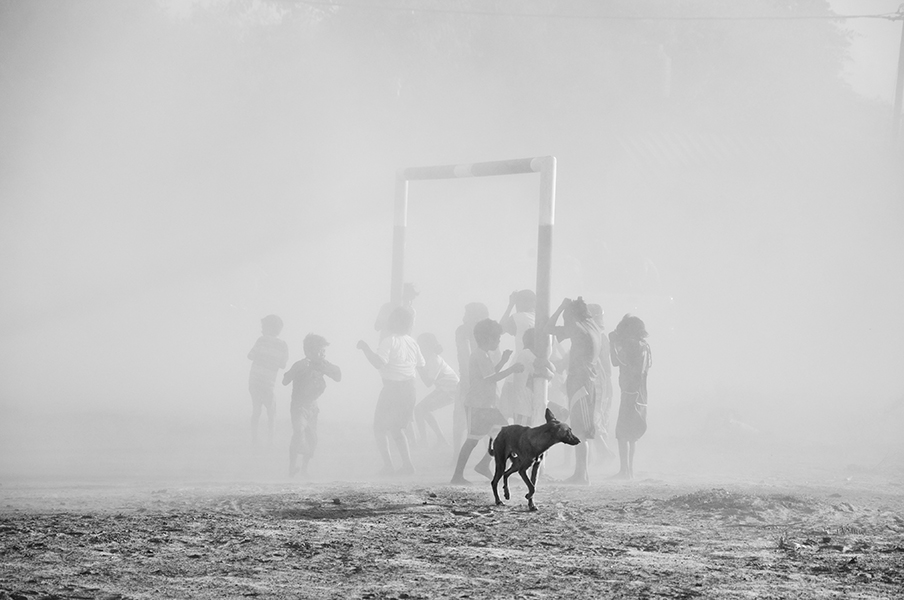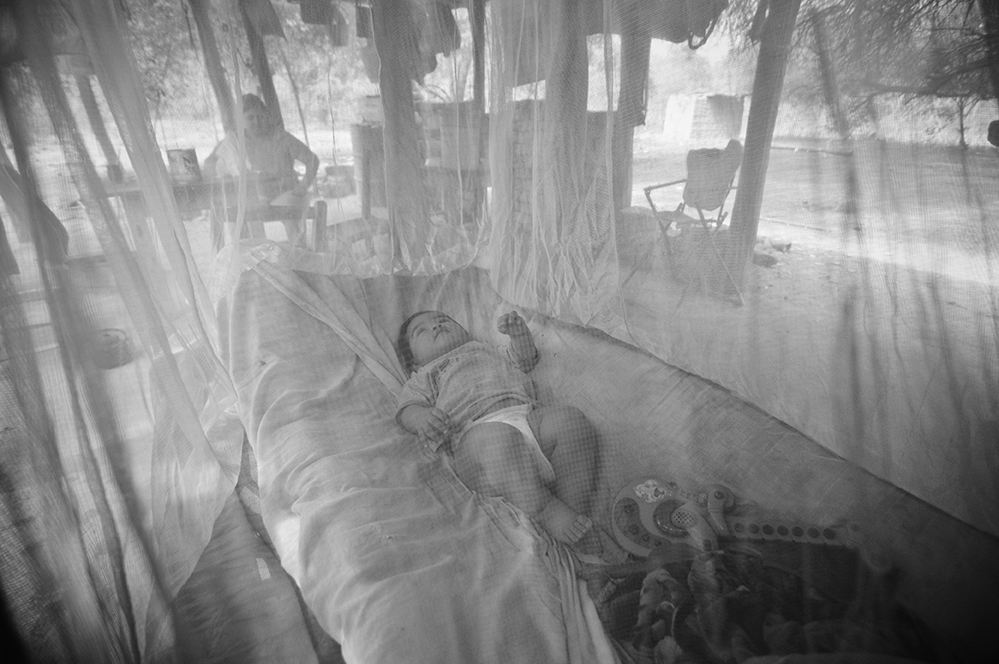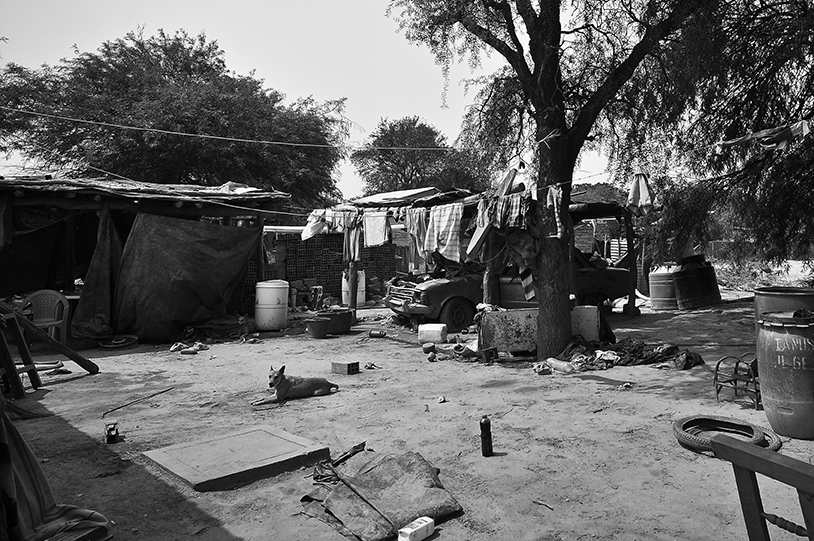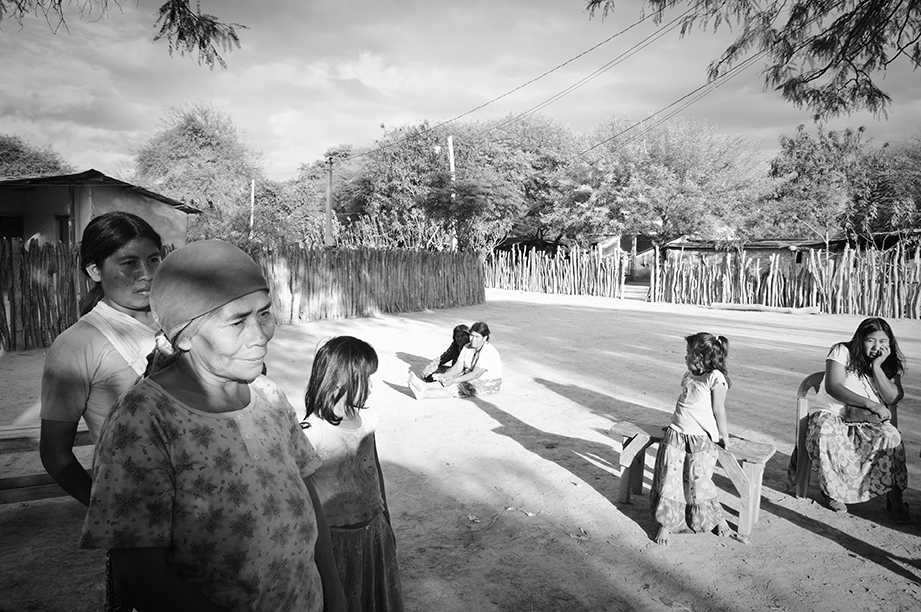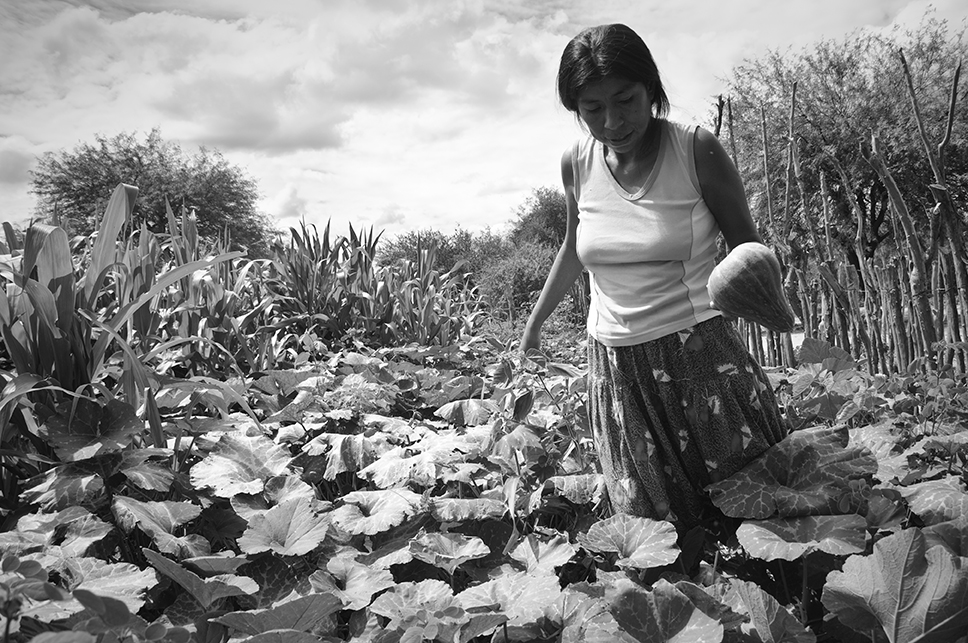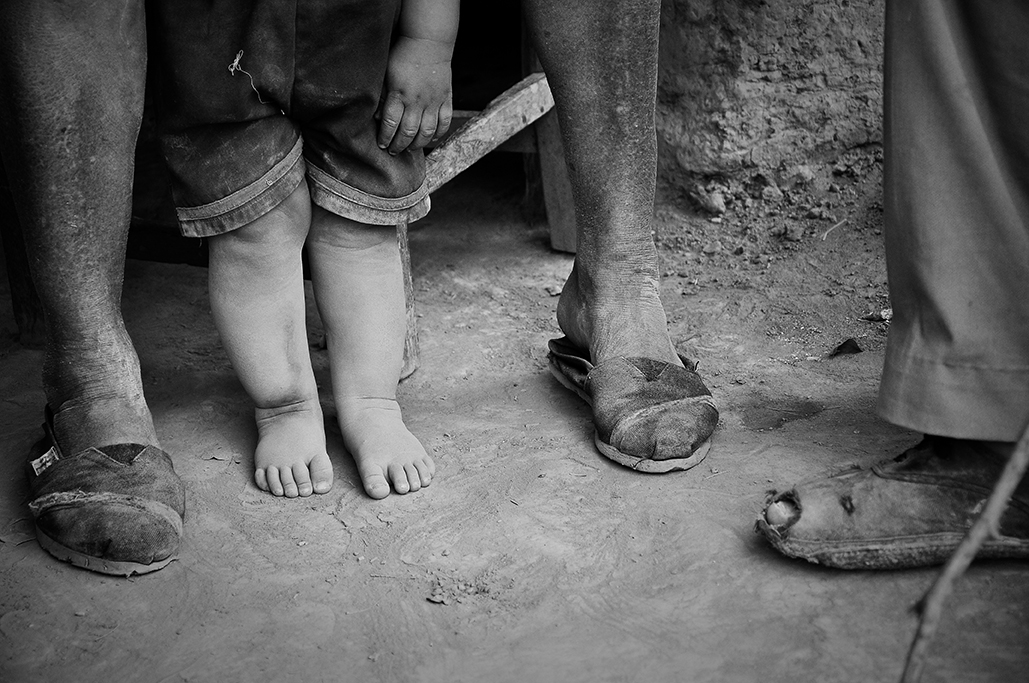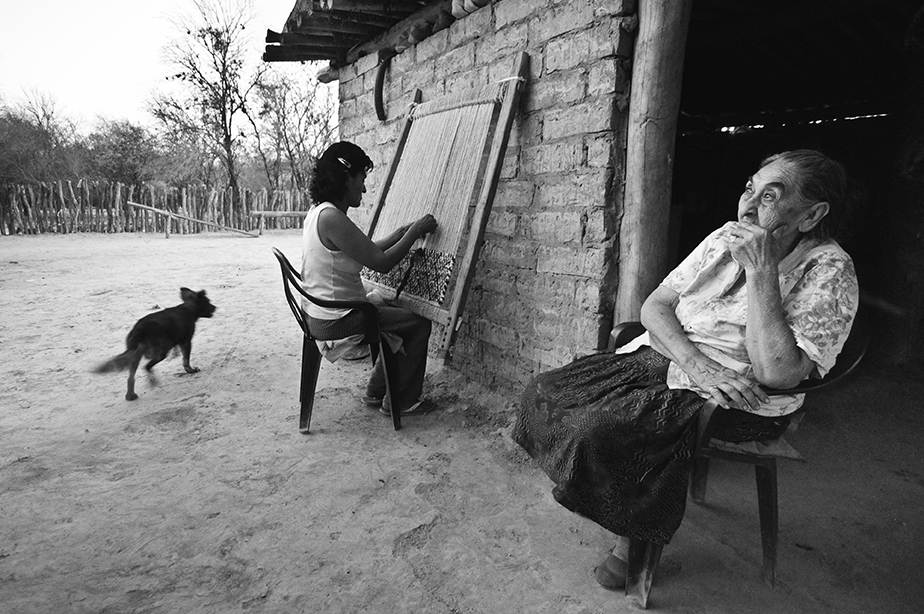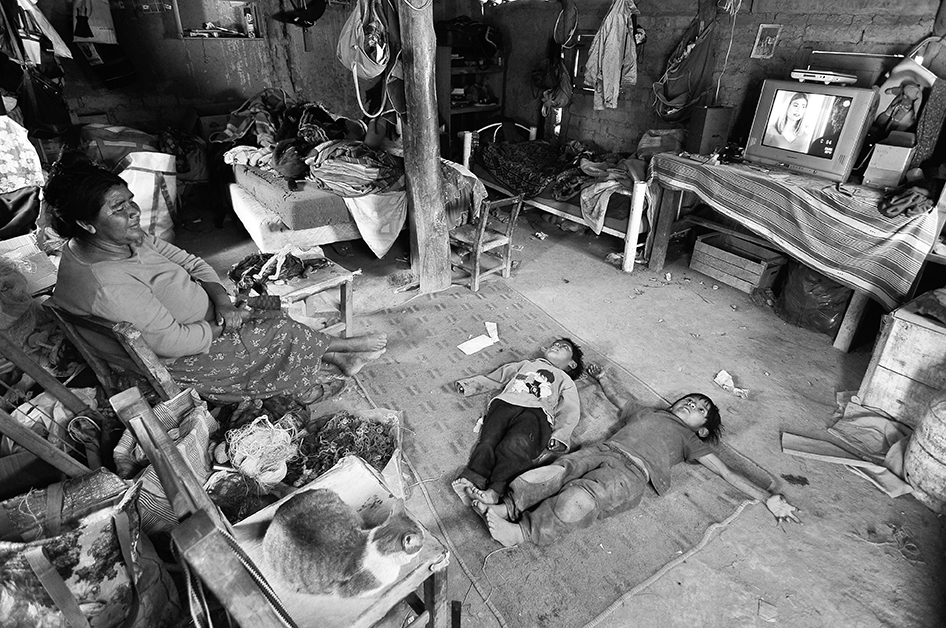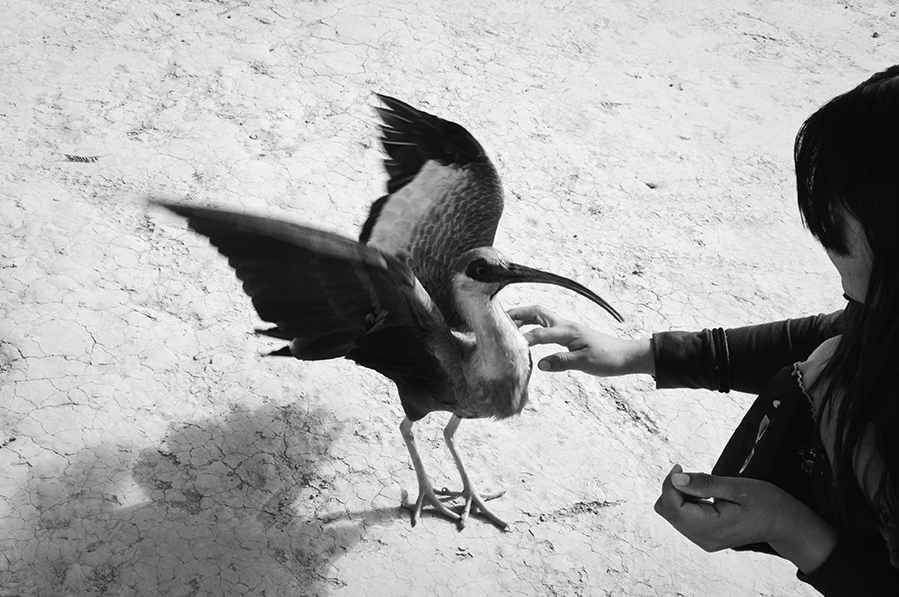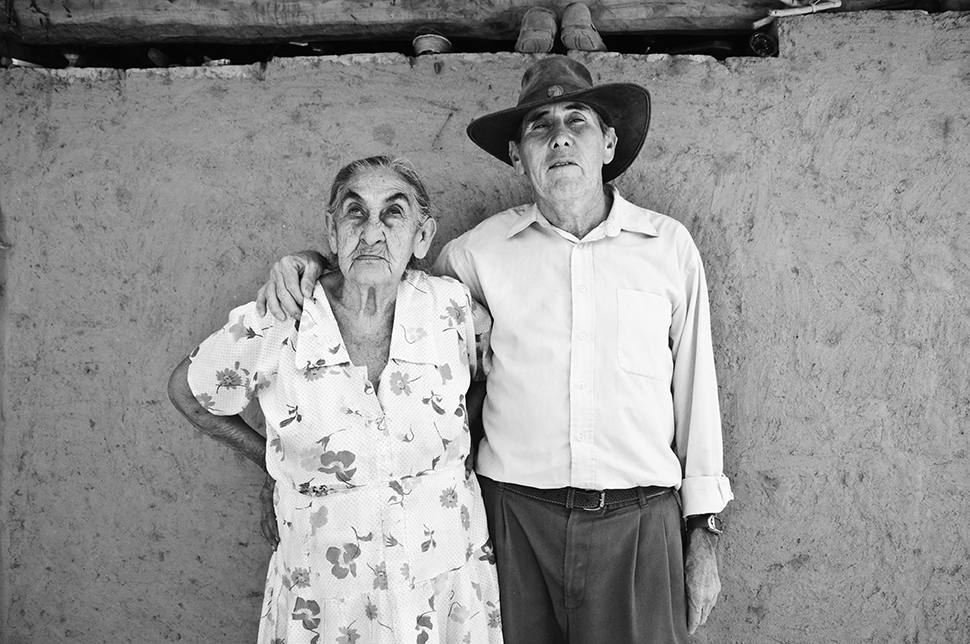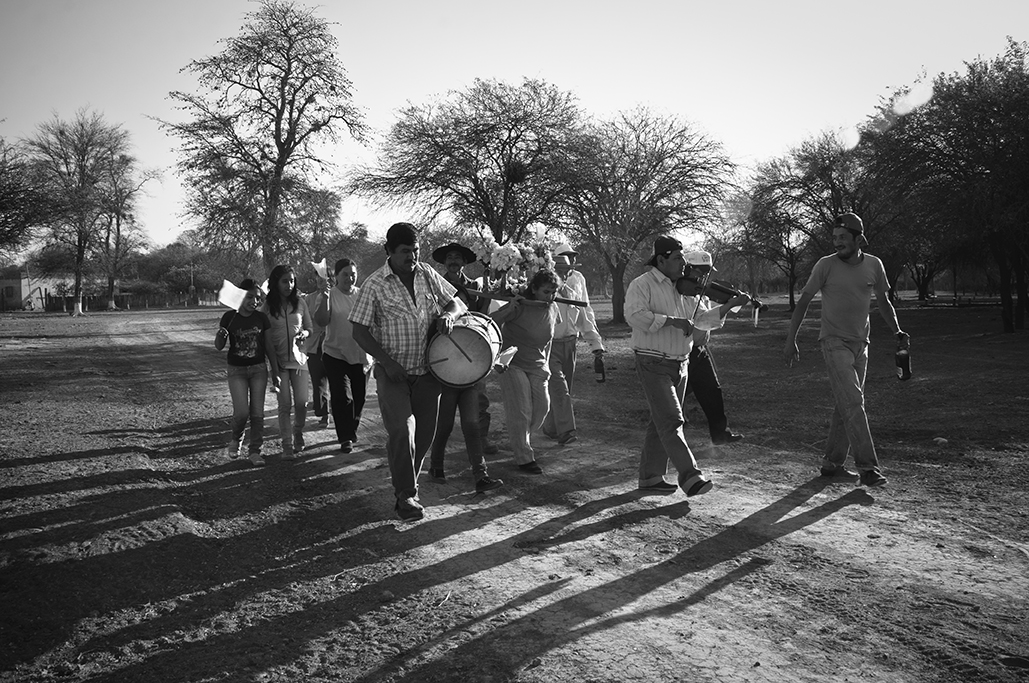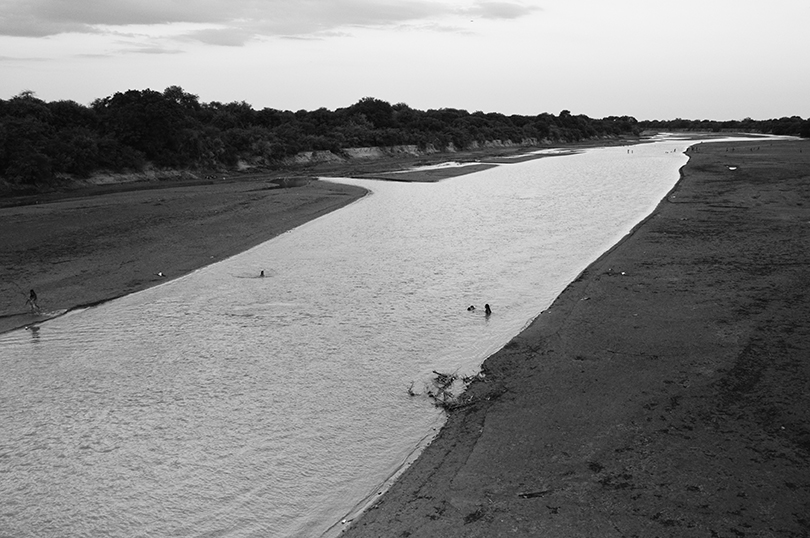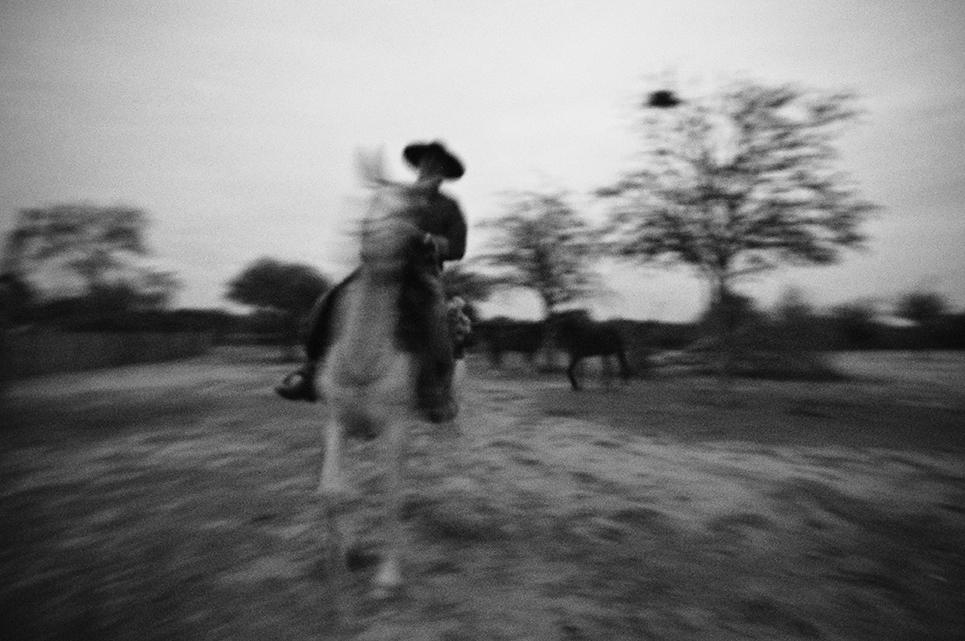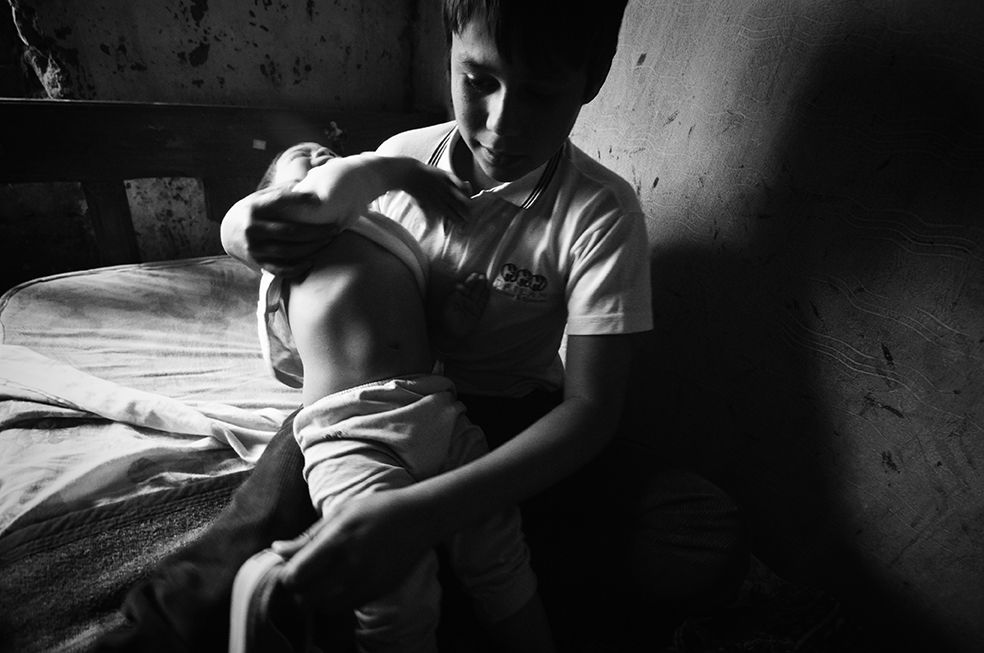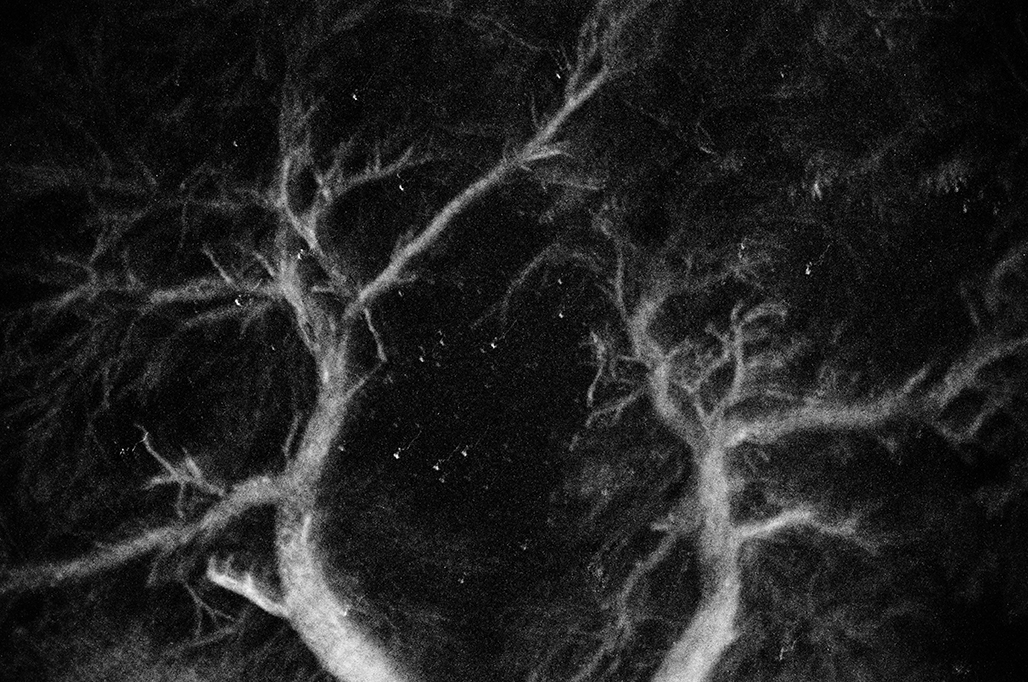-
Chiara Scardozzi is a Phd Student in Cultural Anthropology (University of Rome “La Sapienza”). In 2014 she wins the “Francesca Cappelletto Grant” for the best MA thesis in applied anthropology from the University of Verona. Her research interests revolve around relations between humans and environments. “Honhat” was exposed for the first time in 2013 in Buenos Aires (Argentina), in the ambit of the “First Global Meeting of Gran Chaco”, and in 2014 Rome (Italy), during the festival of visual anthropology “MAV- Materiali di Antropologia Visiva”.
-
The Gran Chaco is the largest forest area of Latin America after the Amazon. It represents the biggest woodland area in Argentina and the most affected by policies of irrational exploitation of the environmental heritage, which undermine its important biodiversity, social heterogeneity and identitarian diversity, threatening the existence of its inhabitants. The journey to the region of the Gran Chaco, is a rite of passage in a transitional, complex, ever-changing order. The Chaco attracts and terrifies, welcomes and bewilders; it smells of dust and blood, alcohol and coca leaves, breast milk and sweat. It is a desire of water and justice. “You can enter into the Chaco; you can leave it”, so say the people living on the banks of the Pilcomayo River, which divides Argentina from Paraguay, as if where the paved road ends and the forest begins, a world left to be replaced by another: the Land, that the Wichí people call “Honhat”, the most precious and precarious thing for indigenous people and campesinos who inhabit the semi-arid region, affected by decades of political struggles to obtain the legal title of the lands where they live, with distinct but related forms, mutable but persistent, transforming the space into culturally organized territories, coexisting with the spirits, plants, animals, the forest and the river. Honhat is an ongoing project that is a part of a large ethnographic research about restituition land process that I started conducting from 2009 in Salta Province. [ > NEXT PAGE]
-
In my fieldwork experience, ethnography and photography walked side by side, in relation to the context. Photography deepens and multiplies the analysis of the situation and also the ethnographic practice. While in writing I talk about land, territory, natural resources and political issues, trying to systematize the representations about them in an abstract and scientific discourse, in photography I treat them more poetically and freely. It establishes a kind of balance and reflects the narrations of local actors: they talk about “land” in a political meaning, telling the events related to the historical territorial regularizations, the measurement that the Government does, the fight for their rights… But Honhat (or Pachamama, as campesinos call it), is something different: it is the concrete base of life but it is not only a physical- space, it is a socio-cultural and spiritual place. It is impossible to verbalize it. In the photographs I try to show the importance of their land and its meanings through people’s daily life, their homes, ceremonies, relations, encounters. But while I record it, I sketch my presence there and its consequences. Of course, I’m talking about relations between me and the others. Honhat is a kind of self-portrait “in absence”, in this I mean it is a search trail and a reflexive exercise, in which the gazing is mutual: the observer is observed, and the exotic does not exist except in the eye of the beholder. Day by day, everything could becomes domestic. Honhat is dedicated to the encounter with the complexity of this arid and warm land and its people, to those who over the years have been able to draw paths, teaching me other possible lives; to their daily struggles, their challenges, the smiles, the silences. To everything we shared. [ > NEXT PAGE]



